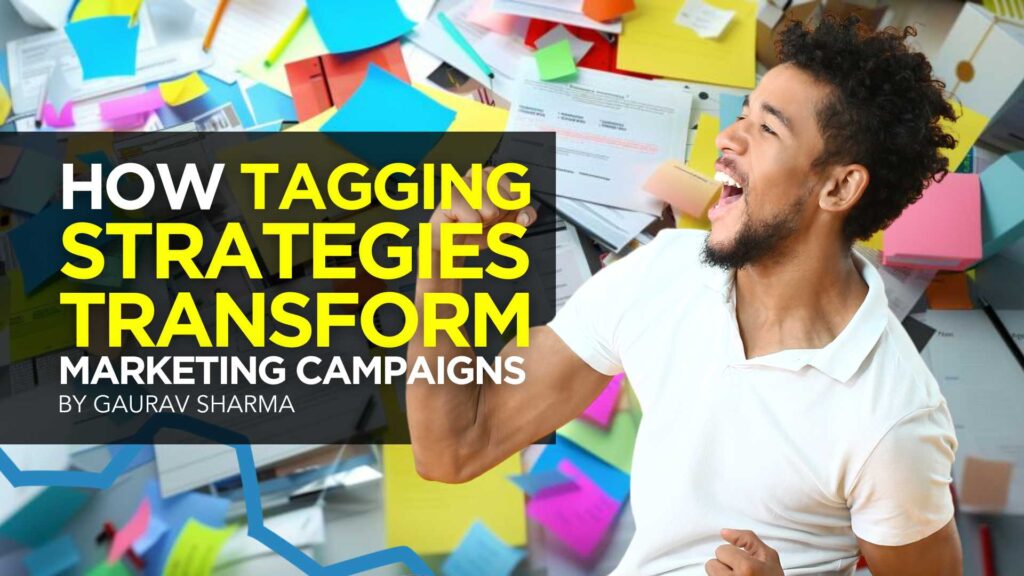

Your marketing clients are just like you.
As a marketing consultant or agency owner, you want to see:
- More traffic
- More engagement
- More subscribers
- More customers
- Higher customer lifetime value
These metrics are the foundations of a successful business (whether it’s a marketing agency or an ecommerce drop shipping business). If you don’t have traffic, you won’t have customers. And if you don’t focus on your customer lifetime value, you won’t have a sustainable business model.
This is exactly why these are the metrics your marketing clients want to see. They want to know you’re increasing their brand awareness and marketing to their customers after the first sale. Because that’s how you build a long-term relationship with the brands you work with and create a marketing consultancy that makes people ask, “How the heck did you pull that off?!”
And it all starts with focusing on these 5 metrics and sharing them with your clients.
#1: Traffic
Every marketing client wants to look at their Google Analytics dashboard and see that beautiful up and to the right line that signifies they’re getting more traffic than ever before. Traffic is a huge part of marketing because it leads to the first stage of the Customer Value Journey, Awareness.


People can’t buy your client’s products if they don’t know their products exist! With increased traffic, more people see their brand. The more people that see their brand, the more people can buy their products.
Just like 1+1 = 2, more traffic leads to more customers. Well, as long as you’re making sure to attract the right kind of traffic. Not only can you show your clients their increased traffic to social media (impressions) or their website (through Google Analytics), but you can also show them the demographics behind this traffic. This shows that these aren’t random people who *might* be interested in buying their products. These visitors are their customer avatar, which means they can quickly turn into customers with the right funnel.
Here are a few traffic metrics to share with your clients:
- Impressions on social media
- Demographics on social media
- Traffic on Google Analytics
- Demographics on Google Analytics
#2: Engagement
Engagement is the number of likes, comments, shares, and interactions people have with your content. For example, if someone comments on your Instagram post—that’s engagement. If they read your blog post—that’s engagement. If they reply like your tweet—that’s engagement.
And that’s the start of turning a viewer into a customer. Like the Customer Value Journey outlines, the first step in the customer journey is awareness. It’s the moment someone finds out your brand and products exist. It’s a crucial moment, but what’s even more important is what comes afterward…
…the first time someone actively engages with your brand.
Engage is the second stage of the Customer Value Journey. It’s so important because it’s like this person just raised their hand and said, “You have products that help me solve one of my problems!”


Your marketing clients want to see engagement because that tells them you’re doing your job as a marketer. You’re increasing brand awareness to the right people, who are now engaging with their brand so they can move to the next steps of the Customer Value Journey, Subscription, Conversion, Excitement, Ascension, Promotor, and Ambassador.
Here are a few engagement metrics to share with your clients:
- Increased social media engagement per post and on average
- Decreased bounce rate
- Longer time spent on page
- Heat maps of sales and product pages
#3: Subscribers
With traffic and engagement comes subscribers (if you’ve properly built out your marketing funnel!). Your goal as a marketer is to turn traffic into subscribers, building a deeper relationship between brand and customer avatar. You never want to house your audience on someone else’s platform, like Facebook or Google. You want to take your social media or website visitors and add them to your email list as soon as you can.
This is stage 3 of the Customer Value Journey and usually comes alongside a lead magnet freebie that people opt-in for. For example, you could give away a free webinar or a discount on commerce products.


Your clients want to see that traffic and engagement have a predictable ROI. That predictable ROI comes from knowing, for example, 1% of their subscribers convert. Based on the average number of people subscribing per day, you can predict how many customers and how much revenue they’ll make.
Just like you want your marketing consultancy or agency to have a predictable income, your clients want the same thing, too.
Here are a few subscriber metrics to share with your clients:
- The average number of subscribers per day/week/month
- The average percentage of subscribers becoming customers
- Open rate
- Click-through rate
#4: Customers
This is the metric you probably didn’t need us to tell you about. Of course, your marketing clients want to see more customers! More customers mean they’re getting an ROI from your services. Understandably, this is really important for your clients. They want to see the numbers that prove their money is in good hands.
As a marketing consultant or agency, transparency around these numbers is a huge part of having a healthy, long-term relationship with your clients. Putting together SOPs that help your employees and contractors keep clients in “the know” is worth your time.
And remember—your clients are business owners (or executives). They’ve put their heart, soul, blood, sweat, AND tears into this business. They’ve dedicated late nights and early mornings. They’ve probably missed some pretty important events in their friend’s and family’s lives. This business means a lot to them, and getting to see more customers buying is special.
Make it a special moment for them by creating milestones to celebrate. For example, when they reach 1,000 customers, send them a gift or make sure to take the time to acknowledge it. Or, you can send gifts at certain revenue goals, like their first $500,000.
Here are a few customer metrics to share with your clients:
- The average number of customers per day/week/month
- The percent increase in customers since you started working with them
- The daily/weekly/monthly revenue
- Specific milestones (number of customers or revenue generated)


#5: Customer lifetime value
After someone becomes a customer, the marketing doesn’t stop. Conversion isn’t the last stage of the Customer Value Journey for a reason. There are FOUR more stages after it! Conversion is the halfway point of the Customer Value Journey, and there’s a lot that happens afterward.
When someone purchases a product, it’s time to get them excited (stage 5 of the Customer Value Journey). This excitement stage isn’t about upsells. It’s about showing them that they made the right decision by buying from you. This can be an unexpected free training, discount code, or stickers inside their ecommerce package.
Excitement leads to ascension (stage 6 of the Customer Value Journey). In ascension, your customer goes from buying your low-tier or middle-tier package to your highest (or one of your higher) tier packages. At DigitalMarketer, this is when someone goes from being a Lab member to becoming a Certified Partner or buying a ticket to Traffic & Conversion Summit.


Think of ascension as the ladder that takes your revenue from “Awesome!” to “Holy crap!” This is where you increase customer lifetime value and turn your client’s brand into a long-term, sustainable business. When the funnels are in place to turn first-time customers into multiple-purchasing customers (and eventually raving fans of your brand and products), you’re in the magic zone.
Here are a few customer lifetime metrics to share with your clients:
- The average customer lifetime value (LTV)
- The LTV before and after you started working with this client
- The percentage increase in LTV
How To Get Rehired Again, and Again, and Again
Clients are happy to outsource their marketing to your consultancy or agency. Marketing is a lot of work (you know this as a business owner!), and it’s monumentally easier to have somebody else do it for you. It’s even easier to have the person who’s already doing your marketing…keep doing it.
That’s why you want to show your marketing clients these 5 metrics:
- Traffic
- Engagement
- Subscribers
- Customers
- Customer lifetime value
These are the metrics telling your clients that you’re increasing their brand awareness, qualifying leads, and ensuring they don’t build their business on someone else’s platform. They show an ROI when you turn those subscribers into customers and increase their customer lifetime value.
Wouldn’t you want to keep working with the marketer who did this for your company?
The answer is a big, obvious YES.
And with these metrics, that marketer can be you.
















